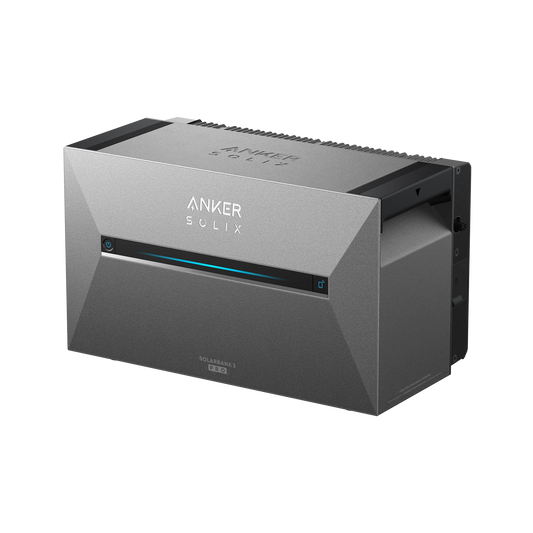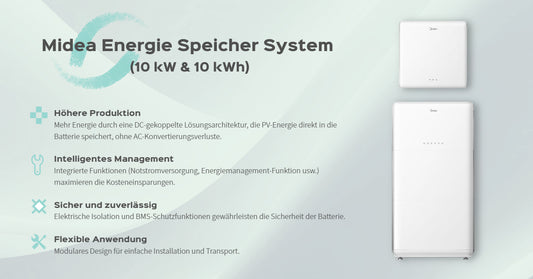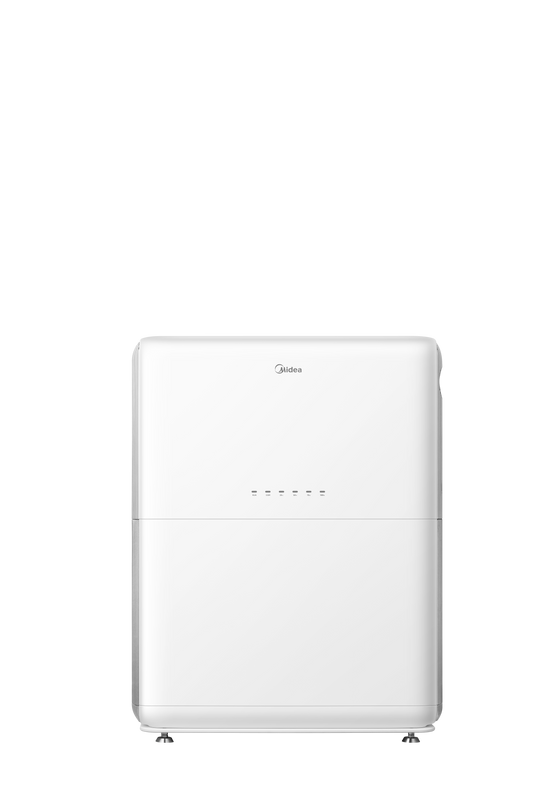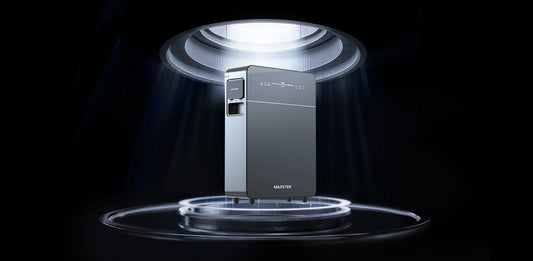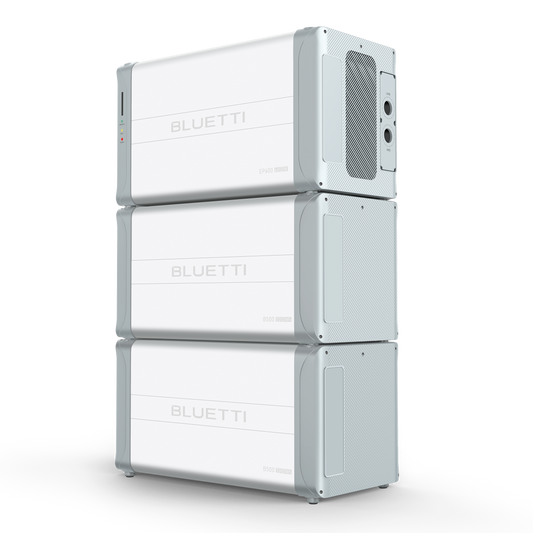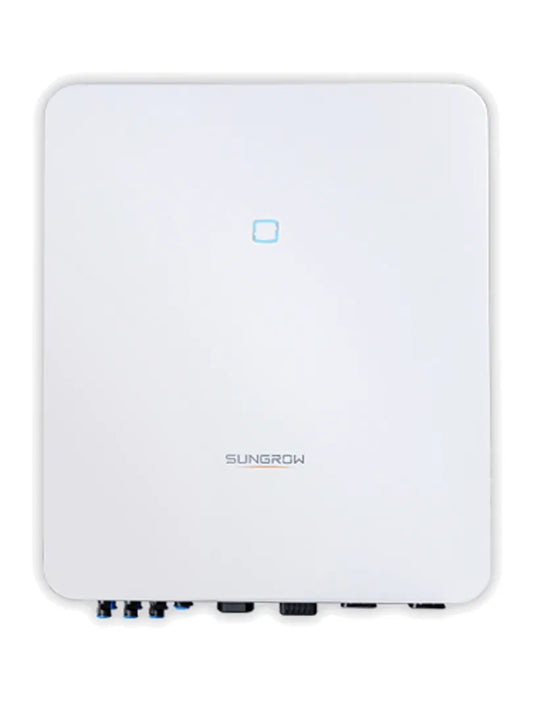Solar storage set
If you want to maximize your self-consumption of solar power and desire greater independence from the grid, then this bundle is perfect for you. Converting and storing solar energy is now a straightforward process.
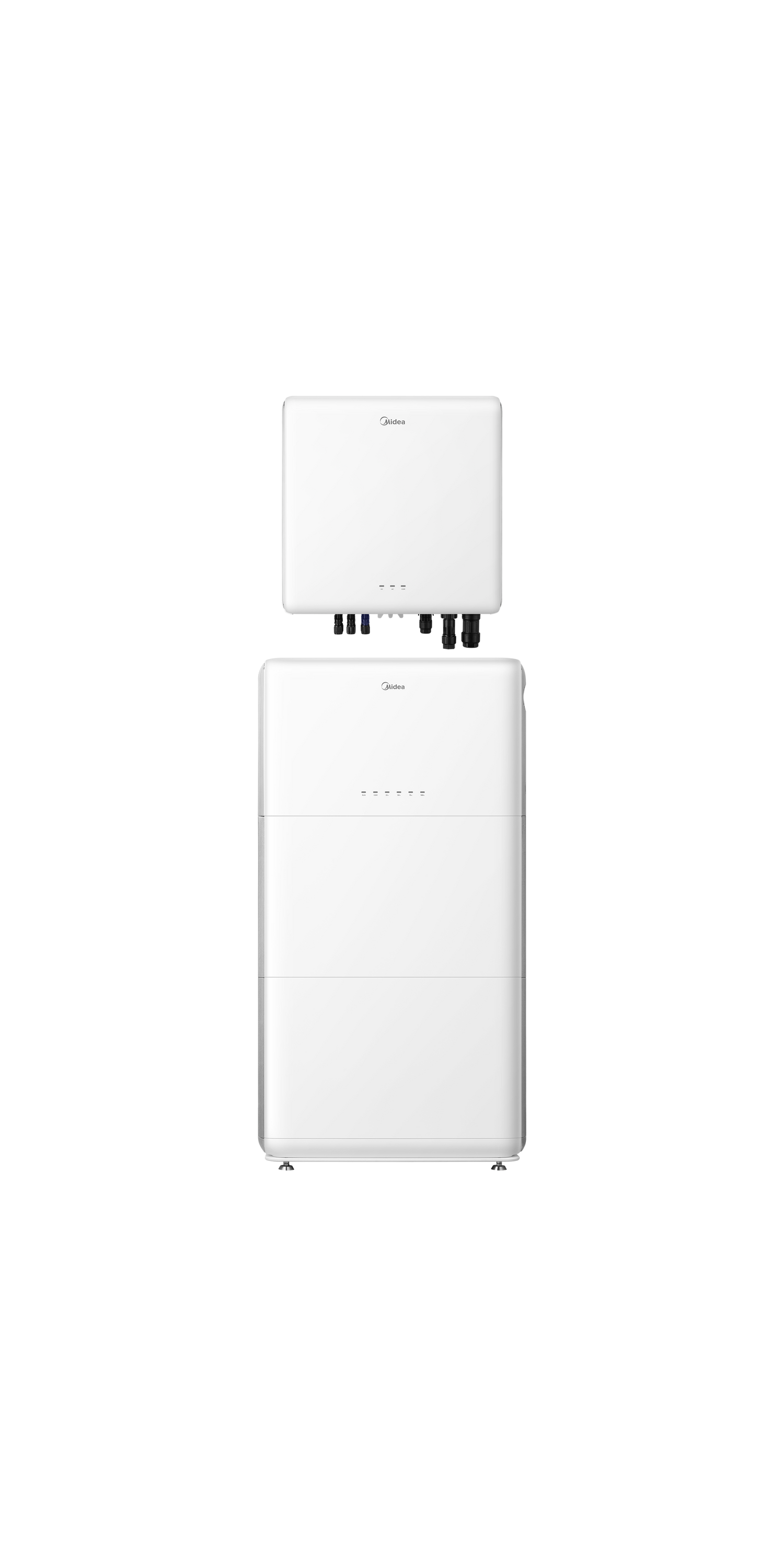
Midea inverter & battery storage 10 kW + 10 kWh
- High self-consumption thanks to optimized integrated energy management function.
- Simple plug-and-play installation, contactless commissioning with your smartphone.
- Battery ready, suitable for multiple scenarios: PV only installation, additional battery and battery expansion option.
- Free online monitoring. All information about the PV system is available anytime, anywhere.
- With Energy Management Hub, the customer can save more electricity and costs.
Midea's 10 kW inverter also for small power generation systems
Flexibility and future security
Even though the current photovoltaic system only achieves an output of approximately 3 kWp due to limited roof space, the 10 kW inverter offers the possibility of expanding the system in the future without having to replace the inverter.
Efficient power utilization
The 10 kW inverter can ensure optimal power conversion even in smaller systems, ensuring that the generated energy is used efficiently.
Support for energy storage
With the increasing popularity of dynamic electricity tariffs and energy storage, a more powerful inverter such as the 10 kW inverter offers the capacity needed to support larger storage systems and enable rapid power conversion.
Cost efficiency in the long term
Although the 10 kW inverter initially appears to be more powerful than necessary for small systems, it saves costs in the long run because you don't have to purchase a new inverter when expanding the system.
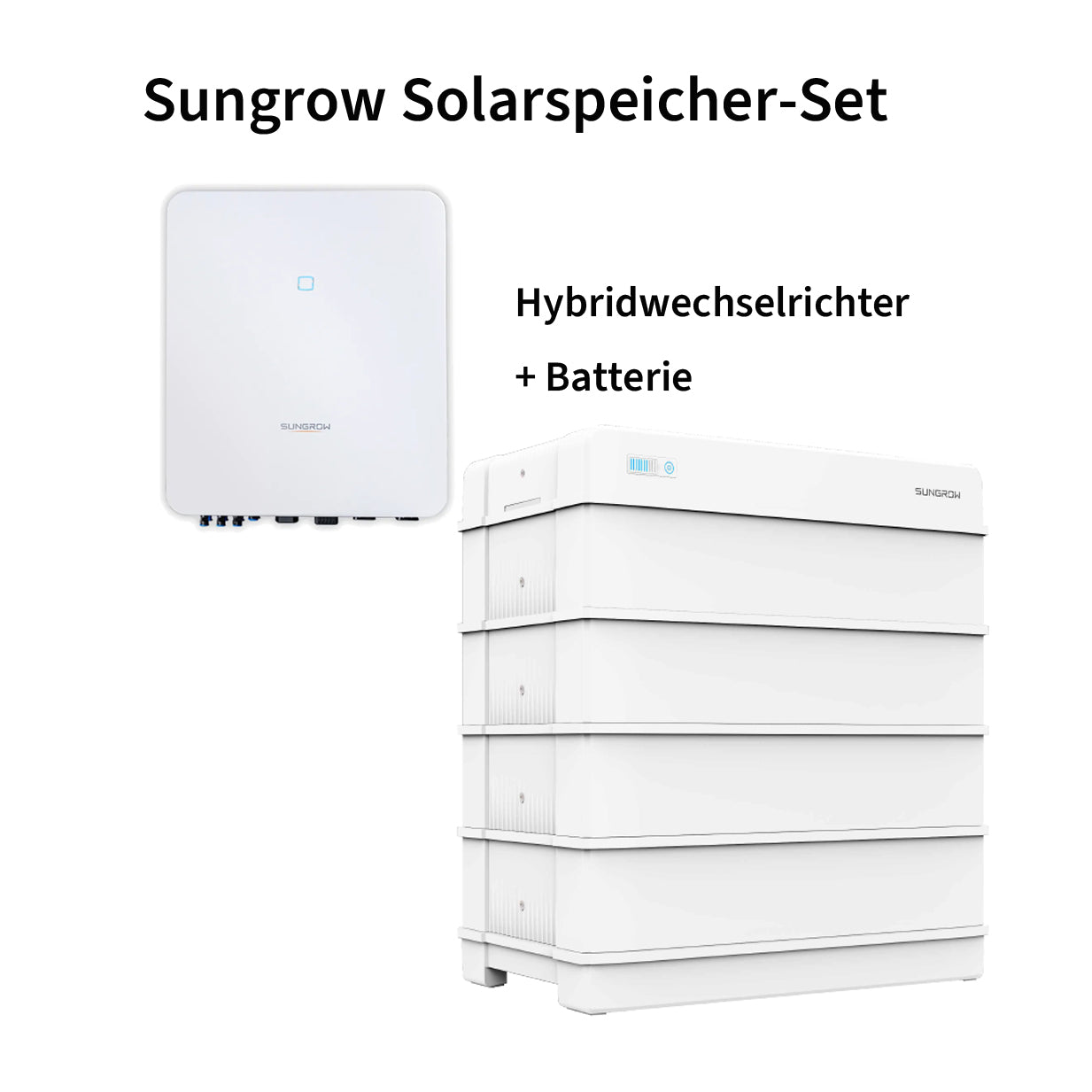
Hybrid inverters & battery storage
- No wiring between the individual battery modules. For easy installation.
- Maximum discharge current of 30 A to optimize self-consumption.
- One manufacturer, one contact. Direct support for the entire system.
- 8/10 kW inverter
- 9.6/12.8 kWh battery storage
counselor
Everything you need to know about the electronic component!
Collapsible content
What is an inverter in a photovoltaic system?
The inverter is an essential component for the operation of almost every photovoltaic system. This electronic component is also called an inverter or voltage converter.
The inverter converts the direct current generated in solar modules into alternating current . Direct current (DC) enters the input side, and alternating current (AC) is delivered to the output side. This technically simple operating principle is fundamentally the same for all inverters.
Only through this conversion is it possible to operate standard 230V electrical devices with solar energy . Alternating current is also required for feeding the power into the power grid. In addition, the solar inverter performs a whole range of other tasks.
The inverter automatically controls the maximum power point (MPP) of the solar modules. This ensures the optimal power yield of a solar system at all times. It also monitors and regulates the power grid to a strictly constant frequency of approximately 50 hertz.
This limit protects against grid overload or a complete power grid collapse. If it is exceeded, the inverter automatically disconnects from the grid. Each inverter also features a smart communication interface for system monitoring and energy management.
What types of inverters are there?
To be profitable, inverters for PV systems must meet specific requirements. These include efficiency and voltage levels. The fundamental decision, however, is which category of inverter you need.
There are various types of inverters. Tailored to the entire PV installation and professionally installed, they each deliver the optimal power yield. They also incorporate smart functions for system monitoring, operational reliability, and energy management.
Together, these functions make everyday operation as uncomplicated and simple as possible.
PV inverter
Battery inverter
A battery inverter is used to retrofit an existing PV system with a power storage unit.
It is integrated between the home grid and the battery. It converts the PV power generated during the day from alternating current to direct current and feeds it into the solar storage system. The electricity generated during the day can then be used overnight from the storage system.
Smart functions automatically regulate the optimal charging and discharging processes and offer additional advantages. For example, battery inverters can be used to set up storage systems with emergency power functions.
Hybrid inverter
Hybrid inverters combine two devices in one: the battery inverter on one side and the photovoltaic inverter on the other.
All our hybrid inverters at a glance
This compact combination saves space and costs and is preferred when high solar self-consumption at low cost is desired. It is also possible to initially operate the hybrid inverter without a battery and install it at a later date. The installation effort is significantly lower than with AC-coupled storage systems.
Hybrid inverters can perform functions such as system monitoring, grid stabilization, and power optimization. As with all inverters, efficiency is an important purchasing consideration when choosing the optimal model.
Inverter selection guide
The yield of a PV system depends on the correct selection of the inverter.
PV inverters differ primarily in their rated power, number of MPP trackers, efficiency, manufacturer, and input voltage range. Below, we'll explain the key values.
The efficiency defines the efficiency.
Inverters are available in various power classes and designs. To make their performance comparable, their efficiency is defined. This value provides information about the maximum energy conversion of the entire PV system and thus its power yield.
Efficiency depends on various factors, including the location and orientation of the solar system, the intensity of solar radiation, and the individual system configuration.
Because one and the same inverter cannot always deliver its maximum power everywhere, its efficiency is calculated using a mixed calculation . This represents the calculated average of its 5, 10, 20, 30, 50, and 100% maximum power values.
The calculation is based on average European temperature and weather conditions. It is therefore also referred to as the " European efficiency ."
Good inverters have efficiencies of approximately 97% to 98%. This means that of the 100% of direct current input, 97% to 98% is output as alternating current after voltage conversion.
How much power does my inverter need?
No inverter can convert the entire amount of solar-generated direct current into the same amount of alternating current. A certain amount of loss is unavoidable. Therefore, a certain safety margin must be factored in when sizing your inverter.
Specifically: For standard loads, the voltage converter should be able to deliver 20 to 50% more power than required. For example, if a connected device requires 100W of continuous power, the voltage converter should deliver at least 120W to 150W.
The reserve will certainly cover losses and prevent the inverter from overheating. It also leaves room to quickly connect an additional device.
It's best to only turn on pure sine wave inverters when you need the full 230V. The device itself consumes power even when idle, generates heat, and can, for example, lead to an irreparable deep discharge of the onboard battery in a motorhome.
To accurately calculate the required power of your inverter, the desired input and output voltages are crucial. There are four main application areas for DC voltage values :
12 V for cars and mobile homes
24 V for trucks and heavy vehicles
12 V / 24 V / 48 V for solar systems
5 V for USB chargers
A voltage converter from 12 V DC to 230 V AC, as in the household mains, can also be connected to a car battery and supplies mains power like in any European household.








